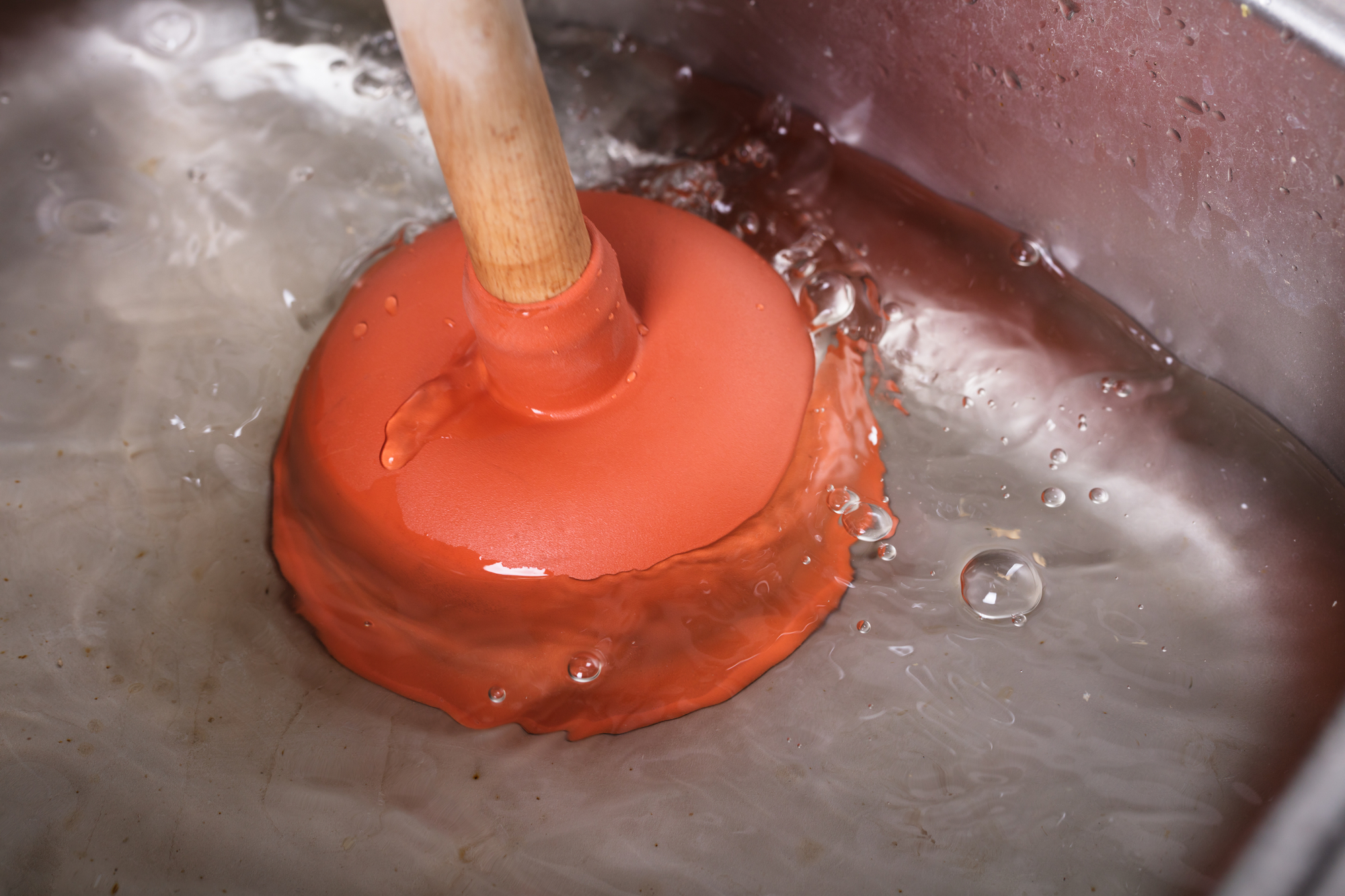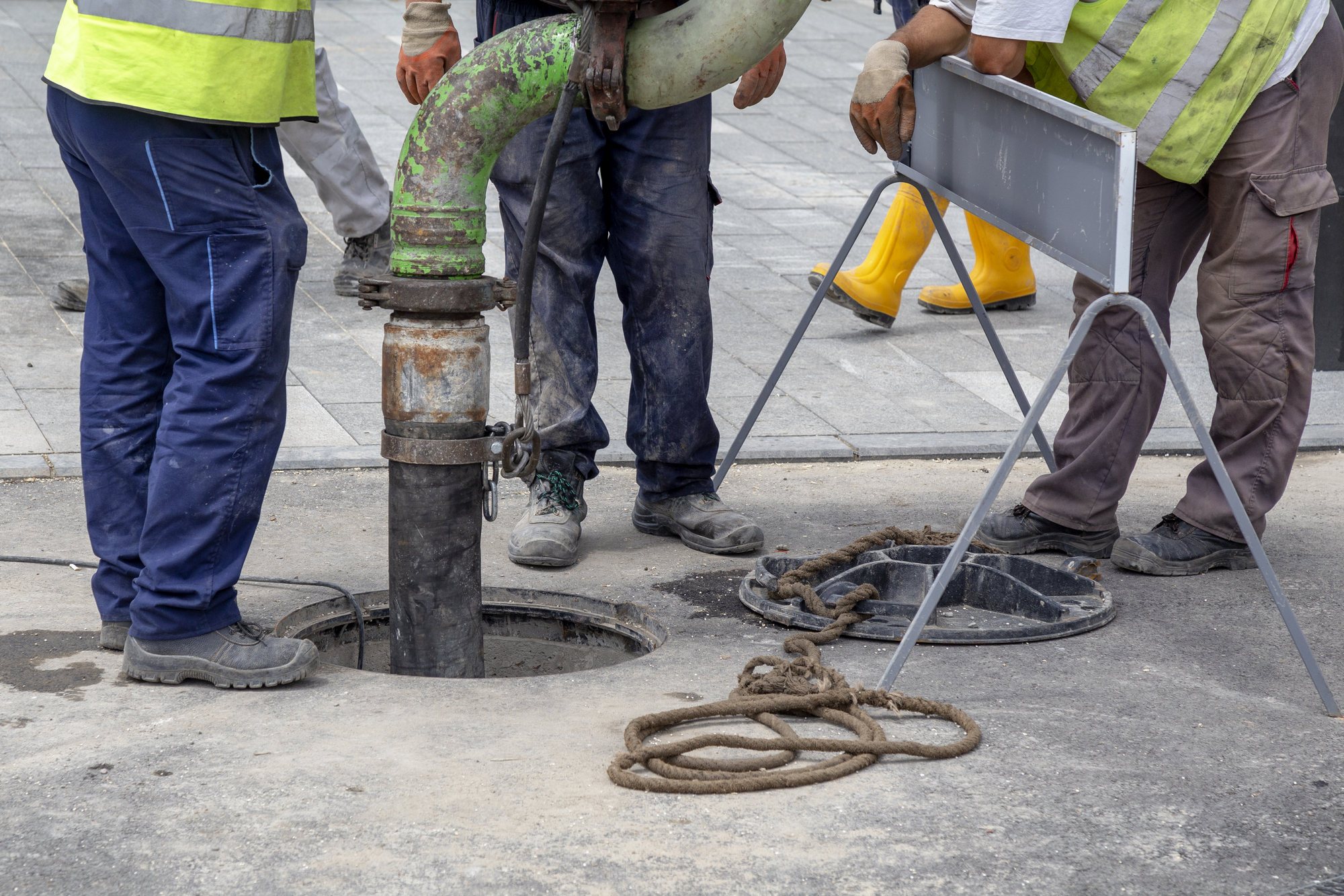A storm drain is an essential component of any home’s drainage system. These drains are designed to take away excess water from rainfall, snowmelt, or any other form of precipitation. A clogged storm drain can lead to a buildup of stagnant water, which can cause damage to your home’s foundation, walls, and other areas. Here’s how to spot a clogged storm drain at home and what to do when you encounter one.
What is a Storm Drain?
A storm drain is an underground drainage system that collects rainwater and other forms of precipitation and transports it to a nearby drainage ditch or creek. These drainage systems play an essential role in managing the amount of water that accumulates during heavy rainfalls or snowfalls, thereby preventing flooding.
How to Spot a Clogged Storm Drain
The following are some signs of clogged storm drains that you should keep an eye out for:

1. Standing Water
The most apparent sign of a clogged storm drain is standing water around your home or yard. Water may also start accumulating in the gutters or around your home’s foundation, causing damage to the walls and floors.
2. Unpleasant Odors
A clogged storm drain can result in some unpleasant odors. Rotting leaves and debris can accumulate, resulting in a musty, moldy smell around your property.
3. Slow Drainage
If you notice that your sink, bathroom tub, or shower is taking longer to drain than usual, it may be an indicator of a clogged storm drain. Water may start backing up in your kitchen or bathroom sinks or similar fixtures.
4. Unusual Sounds
A clogged storm drain may result in unusual sounds like gurgling or bubbling water. These sounds may indicate that your pipes are blocked, causing water to back up instead of draining as usual.

5. Mold or Mildew Growth
Mold and mildew can grow in areas where water is present, and a clogged storm drain provides the perfect breeding ground for these harmful fungi. If you spot any mold or mildew growth, it’s best to take immediate action to prevent further damage.
What Causes Storm Drains to Clog?
Several factors can cause a storm drain to become clogged. Some of the most common include:
1. Tree Roots
Tree roots can penetrate pipes or grow around them, trapping debris and preventing proper water flow.
2. Debris and Dirt
Over time, leaves, dirt, and other debris can accumulate in your drainage system, blocking water flow. If you don’t perform regular maintenance, this can lead to clogged storm drains.
3. Human Waste
Flushing non-degradable materials like wipes, sanitary napkins, or kitty litter down your toilet can cause blockages in your storm drain that can lead to a clogged drain.
4. Broken Pipes
Broken pipes can cause serious blockages in your drainage system, trapping debris and leading to clogged storm drains.
5. Structural Damage
Structural damage to your drainage system can cause blockages, leading to clogged storm drains. This damage can occur due to age, wear and tear, or improper installation.
How to Clear a Clogged Storm Drain
If you’re experiencing a clogged storm drain, there are several approaches you can take to clear it.
1. Use A Plunger
A plunger is one of the most effective tools for clearing a clogged storm drain, especially if you’re dealing with a minor blockage. Place the plunger over the drain and apply pressure to create suction, then pull upward to clear the debris.
2. Try A Drain Snake
If the clogged storm drain is more challenging to clear, a drain snake might do the trick. To use a drain snake, insert the tool into the drain and turn the handle. This will help break up any debris, allowing water to flow properly.
3. Call a Professional Plumber
If all else fails, you should consider calling in a professional plumber. They will have access to specialized equipment like a high-pressure water jet or an industrial drain snake that can effectively clear the clog.
Conclusion
A clogged storm drain can cause significant damage to your home, so it’s essential to know how to spot one and take the appropriate action. By keeping an eye out for the signs of a clogged storm drain, you can prevent any significant damage to your property. In case you’re unable to clear the clog yourself, it’s always advisable to call in a professional plumber. Don’t let storm drains rain on your parade, and instead, take preventive action to keep your home safe and dry.






